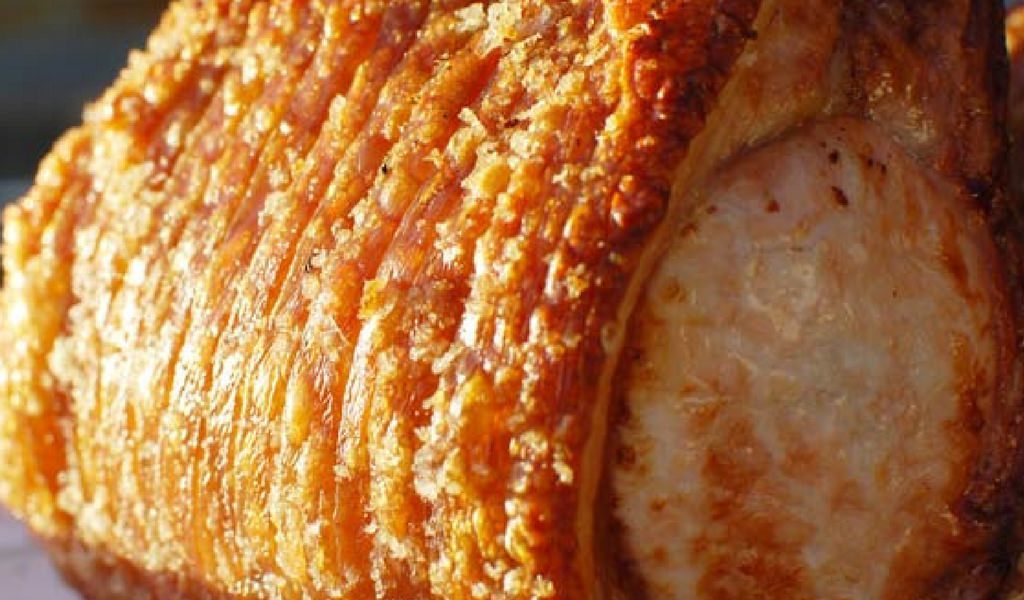
Cracking the perfect crackling!
For those of you who love your roast pork, achieving the crispiest, most mouth-watering crackling can be a bit illusive. Do not fear! Follow my easy steps and you’ll have a cracking crackling for Christmas this year!
- Dry the rind – THE most important thing to remember is to get as much of the moisture out of the pork rind as possible. The dryer your rind is, the better your crackling will be. Once you’ve removed your pork from it’s packaging, pat it dry with some paper towel. Another trick to getting the rind super dry is to dry it with your hair dryer. A little strange indeed, but very effective!
- Score the skin – Most butchers will do this for you, but if you want to put the crackle into your crackling and your rind hasn’t been scored you’ll need to score it yourself with a very sharp knife. The best recommended to achieve a nice deep score is a Stanley knife. Deeply score the pork rind at 1cm intervals being careful not to cut into the meat layer.
- Refrigerate – If you have prepared in advance, leave the scored roast uncovered in the fridge overnight, or if you are running short of time, then at least for an hour. This process continues to dry out the rind, resulting in a better crackling.
- Prepare to cook – When the time has come to cook your roast, remove the pork from the fridge and place it on a wire rack over the sink and pour a jug of boiling water over the rind. Again, pat the entire rind down thoroughly with paper towel making sure it is as dry as possible.
- Salt, Oil and Lemon Assault – Vigorously rub oil, lemon juice and salt deep into the slits of the scored rind and season generously. The reaction between the salt and the fat layer under the skin is what makes the skin puff up and crisp into an ear-shattering crackle! If you don’t rub enough salt deep into the score marks, the crackling will be chewy, so don’t be shy with the salt!
- Crank up the heat! – The oven needs to be pre-heated and searing hot to start in order to achieve crisp crackling. Place the roast on a wire rack inside a baking tray and cook initially at 240°C (250°C max) until the rind crackles, which will be anywhere between 30 – 50 minutes. If the roast is greater than 2kg, take 10 minutes off this initial crackling time.
- Reduce and cook -Turn the oven down to 180°C and roast for a further 45 minutes, or until the internal temperature reads 63°C on a meat thermometer. Using a meat thermometer is the most accurate method of checking whether the roast is cooked to perfection, if you don’t have one of those, use a skewer to ensure the juices run clear. If they are still slightly milky, continue cooking.
- Rest and enjoy – rest the roast in a warm place for at least 10 – 20min uncovered. If you cover the roast, the crackling may soften. After the resting period, slice and enjoy your Christmas roast pork and sensational crackling!
As a side note, if the crackling isn’t as crisp as you would like, you can remove it from the meat and give it a blast under a hot grill.
To summarise, the most important factors in achieving beautifully crisp crackling, is to ensure the rind is dry, you use plenty of salt deep into the scores and the oven is searing hot for the initial cooking period.
Happy Christmas to you all from the team at Di Censo Butchers and Project […]
